Back to Courses

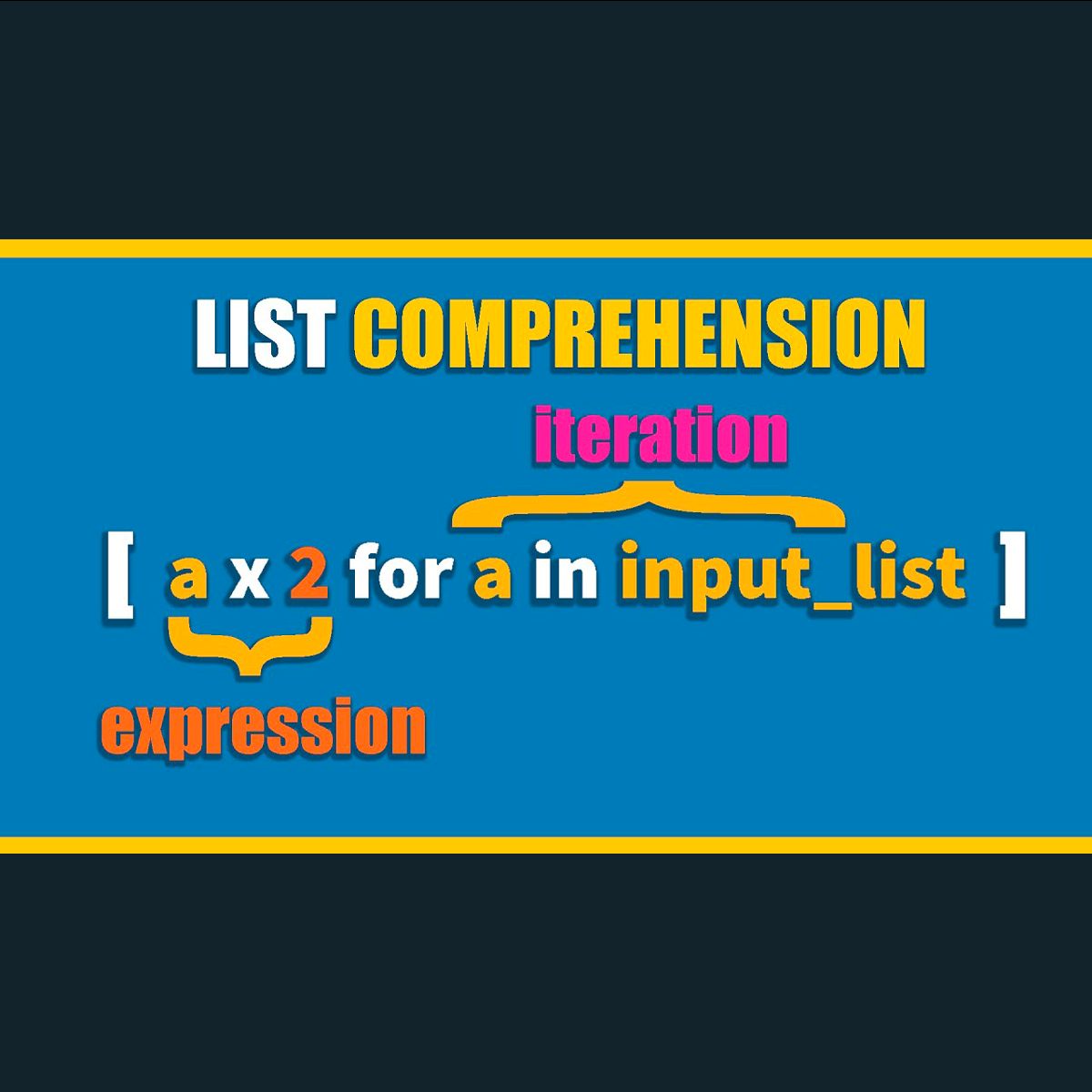
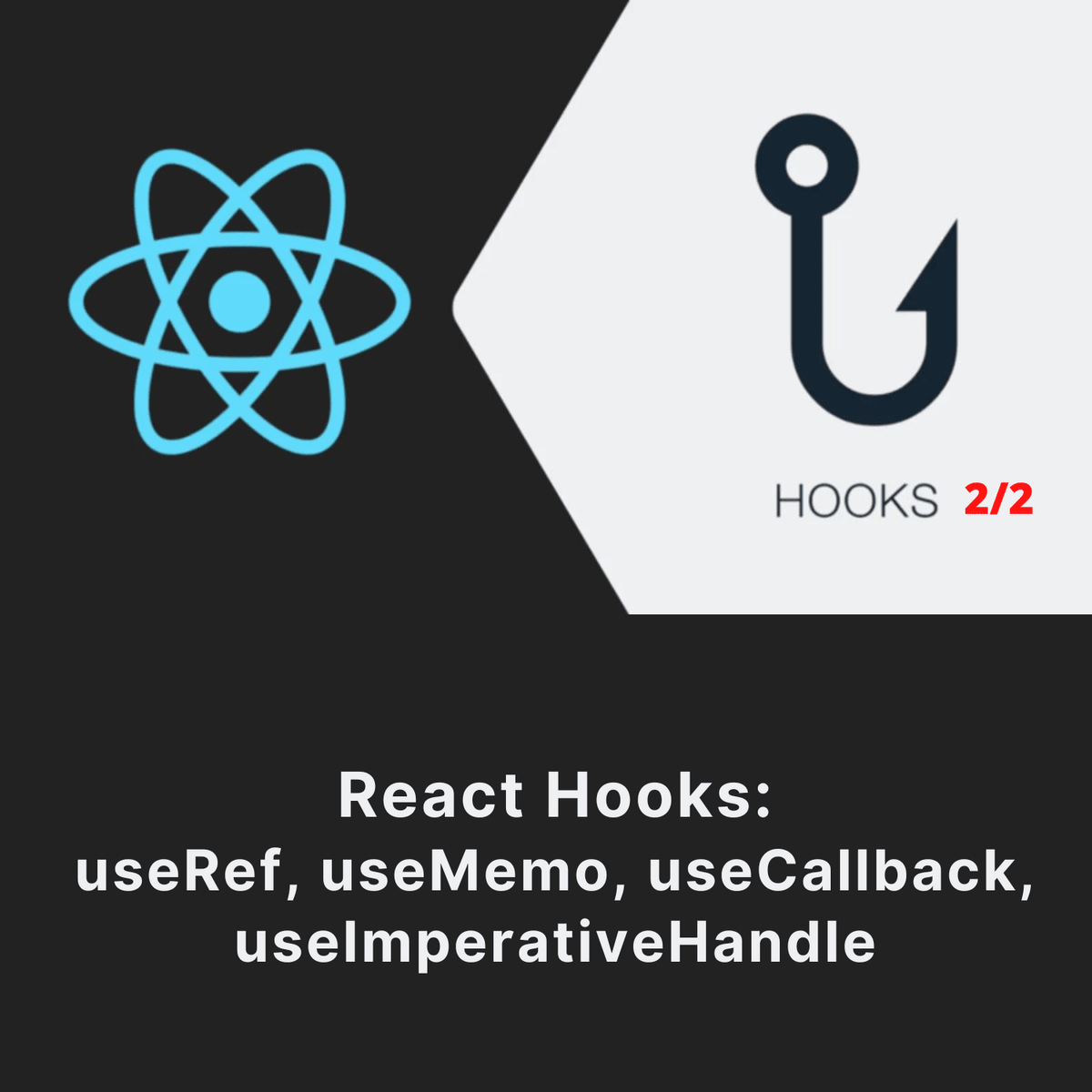
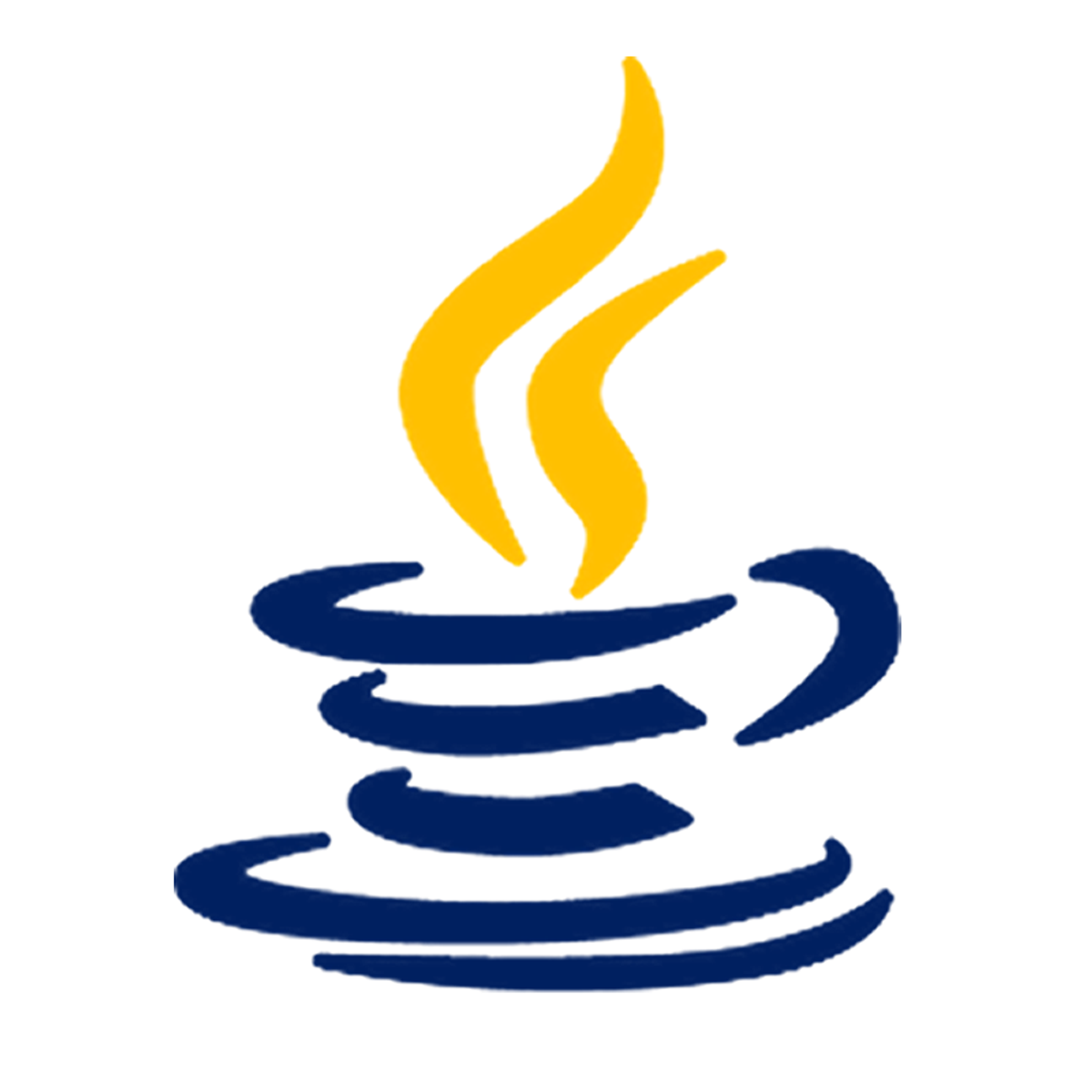



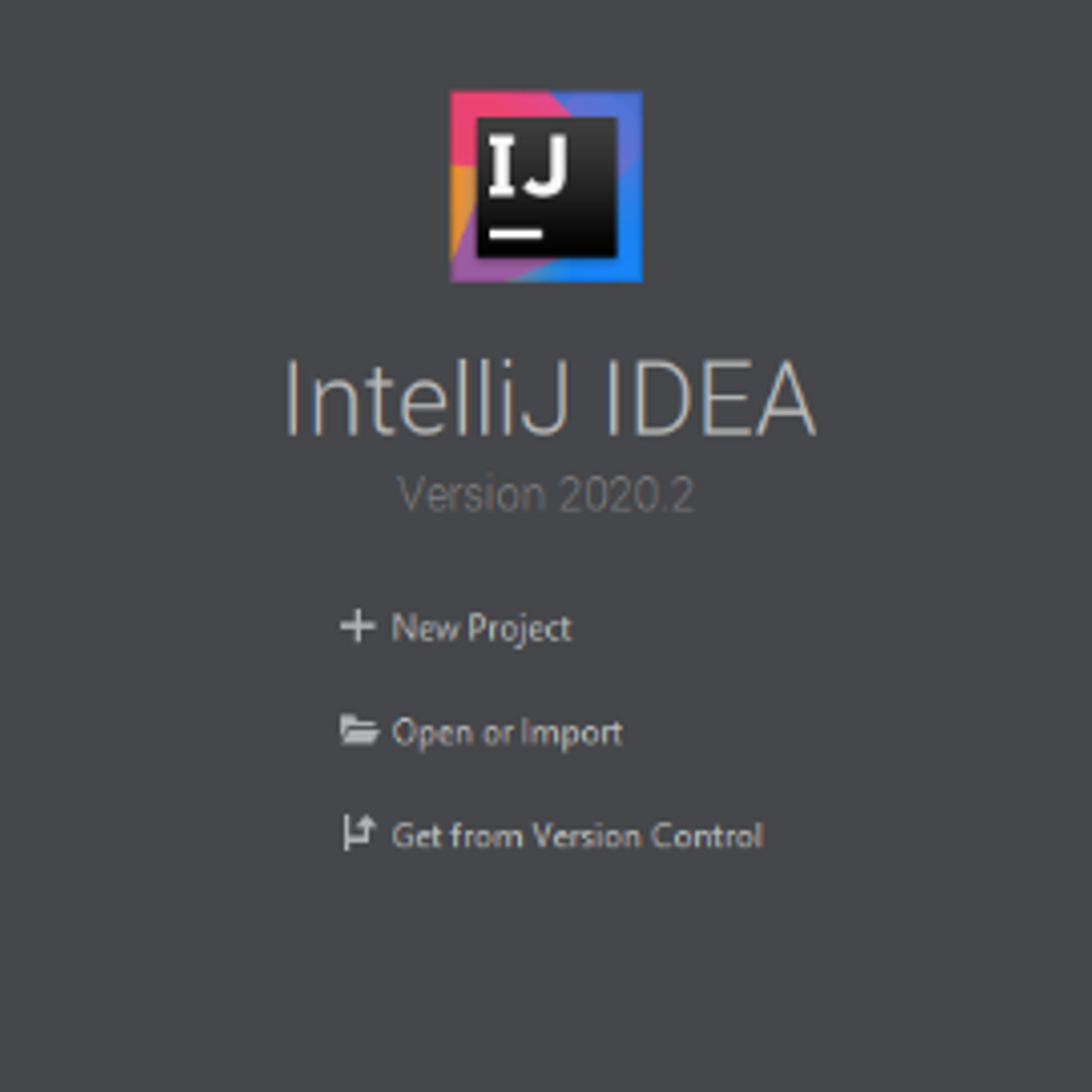
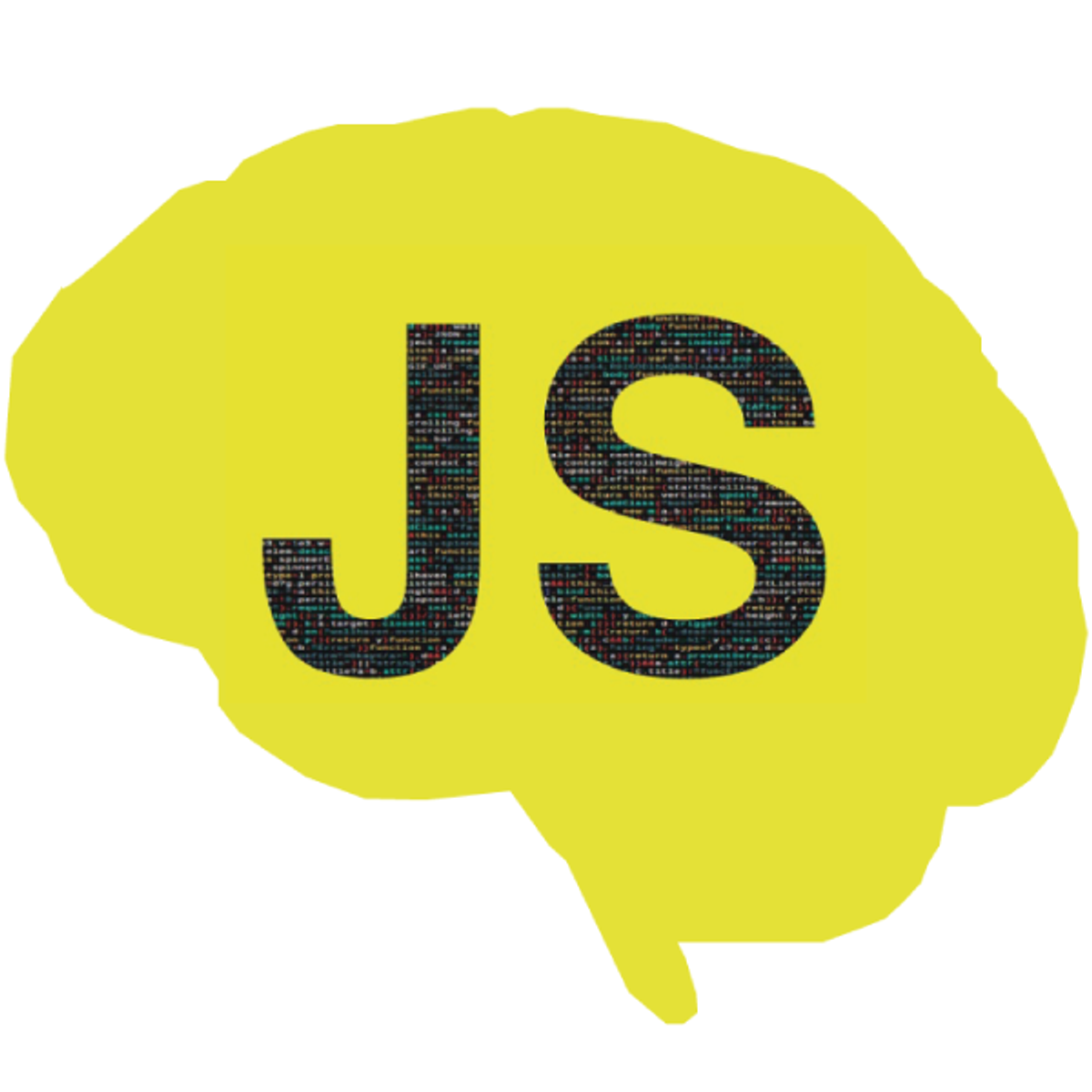
Software Development Courses - Page 19
Showing results 181-190 of 1266

SMP/E for z/OS Workshop
This course is designed to provide the SMP/E skills needed in the installation and maintenance of optional features and maintenance in the z/OS operating environment. Students are taught to define the SMP/E database and invoke SMP/E to add, modify, or replace system elements. The course includes extensive hands-on labs using a current level of SMP/E. Students will get practical experience in the SMP/E tasks involved in installing a z/OS product. Emphasis is on interpreting results of SMP/E processing. SMP/E concepts examined in this course include modification control statements, the consolidated software inventory, zone structure, and error analysis. SMP/E commands such as RECEIVE, APPLY, ACCEPT, RESTORE, REPORT, and LIST are discussed. Students will also learn how to perform automated SMP/E delivery of z/OS and product maintenance over the Internet with an automated SMP/E process that downloads and installs IBM preventive and corrective service over the Internet.
After completing this course, you should be able to:
•Describe how SMP/E is used as a tool for system maintenance
•Interpret modification control statements in a sample SYSMOD
•Create a consolidated software inventory database to support installation and maintenance requirements
•Use the SMP/E dialogs to install a product and its related service
•Manage exception SYSMOD data
•Describe the use of the primary and secondary data sets required by SMP/E
•Analyze output from SMP/E processing and resolve commonly encountered problems
•Describe the use of the REPORT command to determine software dependencies between zones
•Use the BUILDMCS process to create a function SYSMOD from an installed product and its service
•Use the new SMP/E functions to install software service automatically over the Internet
▪Implement support for communication server FTP client
▪Use the new RECEIVE ORDER command to order and install z/OS maintenance automatically over the Internet
•Use z/OSMF to install software and perform service update

Publishing APIs with Apigee X
This is a self-paced lab that takes place in the Google Cloud console. In this lab, you use API products to package your APIs, and create a developer portal so application developers can try your APIs and sign up to use them.

Where, Why, and How of List Comprehension in Python
At the end of this project, you will learn about the Where, Why, and How of List Comprehension in Python. We are going to start with a quick introduction to lists and then we will talk about what list comprehension is and how and where we can use it. In the final task, we will load a JSON dataset containing information about UFO observations reported by civilians around the globe. we are going to use list comprehension to extract useful information out of our data.

React Hooks: useRef, useMemo, useCallback, ImperativeHandle
By the end of this course you will have a solid grasp of some of the most important hooks in React. We will start by understanding the tricky parts of hooks and spend time digging deeper than other courses, logging everything. We then go ahead to consume our hooks in real life examples.
This course is aimed at developers who are familiar with React and hooks in general, understand the basics well, and would like to have some more experience, especially using some of the more advanced and dynamic development patterns in React.

Introduction to Object-Oriented Programming with Java
Introduction to OO Programming with Java is course 2 of the Core Java Specialization. After completing this course, you'll be able to create simple Java classes that exhibit the principle of Encapsulation, to import other classes for use, to work with Strings, print output and use advanced math functions.
We'll begin with a brief refresher on necessary concepts from Object-Oriented Programming. Next, we'll introduce basic Java concepts regarding classes, enabling you to start writing simple Java classes with attributes and methods. We'll introduce the idea of instances, or objects created from classes, so that you can start to build object-oriented solutions. Finally, we'll cover namespaces and Java Libraries to explain how Java packages classes, so that everyone can develop code without name collisions. You will be able to organize and access classes, as well as use selected standard classes from the Java runtime environment.
To be successful in this course, you should have taken Course 1: Introduction to Java or have equivalent knowledge.

Big-O Time Complexity in Python Code
In the field of data science, the volumes of data can be enormous, hence the term Big Data. It is essential that algorithms operating on these data sets operate as efficiently as possible. One measure used is called Big-O time complexity. It is often expressed not in terms of clock time, but rather in terms of the size of the data it is operating on. For example, in terms of an array of size N, an algorithm may take N^2 operations to complete. Knowing how to calculate Big-O gives the developer another tool to make software as good as it can be and provides a means to communicate performance when reviewing code with others.
In this course, you will analyze several algorithms to determine Big-O performance. You will learn how to visualize the performance using the graphing module pyplot.
Note: This course works best for learners who are based in the North America region. We’re currently working on providing the same experience in other regions.

XG-Boost 101: Used Cars Price Prediction
In this hands-on project, we will train 3 Machine Learning algorithms namely Multiple Linear Regression, Random Forest Regression, and XG-Boost to predict used cars prices. This project can be used by car dealerships to predict used car prices and understand the key factors that contribute to used car prices.
By the end of this project, you will be able to:
- Understand the applications of Artificial Intelligence and Machine Learning techniques in the banking industry
- Understand the theory and intuition behind XG-Boost Algorithm
- Import key Python libraries, dataset, and perform Exploratory Data Analysis.
- Perform data visualization using Seaborn, Plotly and Word Cloud.
- Standardize the data and split them into train and test datasets.
- Build, train and evaluate XG-Boost, Random Forest, Decision Tree, and Multiple Linear Regression Models Using Scikit-Learn.
- Assess the performance of regression models using various Key Performance Indicators (KPIs).
Note: This course works best for learners who are based in the North America region. We’re currently working on providing the same experience in other regions.

Introduction to Architecting Smart IoT Devices
What will you learn?
Embedded Systems are so ubiquitous that some of us take them for granted: we find them in smartphones, GPS systems, airplanes, and so on. But have you ever wondered how these devices actually work? If so, you're in the right place!
In this course, you'll learn about the characteristics of embedded systems: the possibilities, dangers, complications, and recipes for success. We'll discuss all of this in the framework of a flourishing embedded systems field: the Internet of Things, where billions of intercommunicating devices could enable unprecedented, innovative products and services. If you'd like to learn how to create similarly innovative products, then this is the course for you!
At the end of the course, you'll be able to:
- make the right choice for your own project when it comes to the target market, parallel executions, time, and the lifecycle of your system
- hack, avoid failure and promote success
- decide whether to buy or to build components
- how to assemble a good team
- install case tools
- learn how to work with SysML

Starting GUI Programming with JavaFX
In this 2-hour long guided project, we will learn the basics of creating GUI Applications with JavaFX. We will do this by creating a simple user interface designed with Scene Builder and FXML. The GUI Application itself will be powered by the JavaFX framework. While JavaFX has a fairly large number of components that offer a lot of functionality, we will focus on creating something simple to familiarize ourselves with the framework and some of its core functionality.
To be able to complete this project successfully, you should be familiar with the Java programming language.
Note: This course works best for learners who are based in the North America region. We’re currently working on providing the same experience in other regions.
Computational Thinking with Javascript 1: Draw & Animate
This is the first course in a sequence of four courses that develops essential 21st century computational thinking (CT) skills using the popular JavaScript language as a vehicle.
At the end of this first course you will: know a framework for CT to help you learn about it and work with others; be developing your CT skills so that you can more easily work with digital technology of all kinds; be able to read and write programs in JavaScript that involve drawing and animation, using a specialised library; and post your creations on the web so that others can appreciate your skills.
This course is suitable for: complete beginners; those who have taken an introductory course in any programming language and want to learn more deeply about the thinking and learning skills they are starting to develop; those who wish to learn Javascript in a supportive environment.
The follow-on courses explore the manipulation and analysis of data, such an important aspect of our lives now, again in a highly supportive environment, and then we move the context to mainstream web--based platforms so that you can use these skills more widely.
Popular Internships and Jobs by Categories
Find Jobs & Internships
Browse
© 2024 BoostGrad | All rights reserved